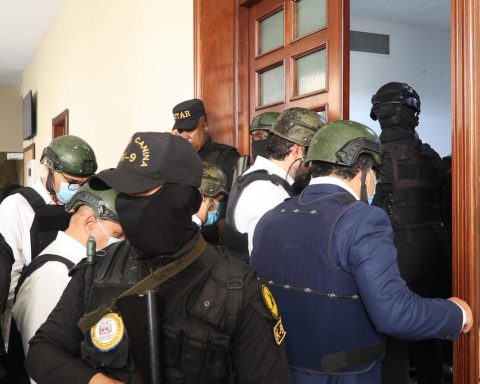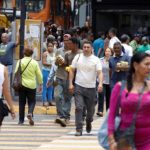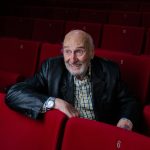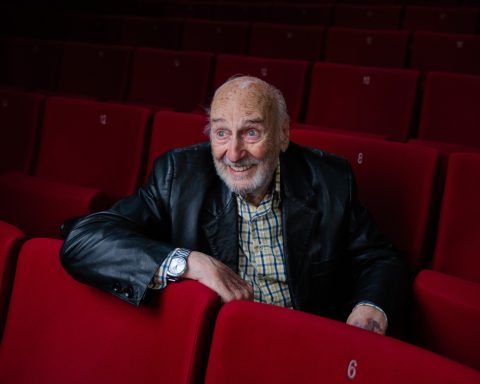Experts analyze medical tools and advances to address the autism spectrum disorder (TEA) in the Dominican Republic, highlighting the importance of data to develop public policies that improve comprehensive care for people who have received the diagnosis, and thus improve their quality of life.
According to Lisbeth Cabrera Del Cid, president of the Hope for Autism Foundationin the country there are no clear statistics on the number of people with autismso concentrating efforts on expanding health coverage for this type of disorder becomes even more complex.
He recalled that in the United States it is estimated that one in every 36 children of approximately 8 years old is diagnosed with ASD, a developmental disability which can affect a person’s social skills, communication and behavior. This data is used as an international parameter because countries such as the Dominican Republic do not have their own statistics.
One of the main problemsaccording to the testimony of Cabrera, who is also the mother of a child with autismis the difficulty expressing feelings of pain or need.
“There are people who cannot feel pain. Appendicitis is one of the main causes of death of a person with autism“he indicated.
He clarified that, in the case of patients who do feel pain, they often cannot verbalize what is happening to them, so they react in various ways: hitting themselves, squeezing the abdomenshowing aggression, biting, among other actions that manifest pain. .
He pointed out that not all diagnosed patients in the country they have autismbut they suffer from another type of comorbidity that has been identified as autismwhich reinforces the need to expand medical knowledge and educate the general population on the subject.
Two methods for addressing autism
The Hope for Autism Foundation held its second Encuentro forum Autism 2024, with the participation of three experts who presented specific strategies to treat the autismamong them the Advanced Integrator and Melillo methods.
The first speaker was the doctor Robert Melilloan expert in functional neurology with more than 30 years of experience helping children and adults overcome learning disabilities, including autism spectrum disorders and other developmental problems.
The professional of health explained to Free Diary that one of the main challenges is to understand what happens in the brains of people with autism and identify appropriate strategies for its treatment.
He indicated that there are already effective tools, such as olfactory therapiesauditory and other breathing and physical exercises, but he questioned that working with the disorder does not depend on the existence of tools or therapies, but on knowing how to use them to obtain results.
In that sense, he highlighted the importance of families with autistic patients They can coexist with an adequate routine in which the autistic person develops more normally.
He Dr. Melillo Method: Functional Neurology and brain training in a family context is a program designed to teach and guide mothers, fathers and caregivers in how to train their children’s brains at home, using the rhythm of everyday life.
The doctor, who is also the author of several books on ASDspecified that each child is unique and, therefore, may require specific exercises.
“autism It doesn’t go away on its own, it’s not something you grow up with and it disappears. In some cases it may happen that the person improves, but they need intervention,” he explained.
About the risk that other children in the home may develop learned behaviors because one of the siblings has autismsaid the chances are low. In fact, he announced that the probability that a brother of a person with autism also suffer from it is 19%.
With the autism is it born or does it develop?
For Dr. Nicolás Loyacono, Argentine doctor, director and CEO of the Argentine Society of Neurodevelopment and Associated Disorders (SANyTA), the autism is a set of neurobehavioral symptoms that originate from a state inflamed brain.
“The nervous system is inflamed, it is short-circuited and on alert,” he explained to Free Diary.
Regarding the question of whether born with autismindicated that the child is not born with autism.
“That is precisely what it is about, understanding that if the child is born as expected, he develops as expected and after a year and a half he begins to lose skills and later comes the diagnosisthe child was not born with autism; therefore, the genetic components are not as important.”
He added that this state of inflammation is not typical of the brain, but rather affects the brain due to problems that are in the body, such as digestive, respiratory, infectious, inflammatory, among others, that generate stress in the brain and translate into symptoms of autism.
Loyacono explained that a child who develops one of the three degrees of autism He first went through a regression in which, at some point, he stopped talking, eating, playing or other activities typical of each person according to their age.
“That’s the point of inflection in which the nervous system acquires that inflammation that comes from the rest of his body, and that impact translates into the loss of abilities,” he said.
When detailing the results of some research he has carried out, he specified that when treating the diseases of the autistic patient’s body, an improvement begins to be noticed that could be “practically absolute” if treated in time with local doctors trained in the subject and with local tools.
“There is no need to send studies abroad or bring medication from abroad. Everything can be done in this same country, in Dominican Republic“, said.
He concluded his considerations by highlighting: “You are not born with autismis acquired, and is treatable; It can even be prevented many times by addressing medical problems in the body to prevent the brain inflammation process from occurring.”
Axes of the Hope for Autism Foundation
- – Provide updated information through conferences and training meetings
- – Support families to cover costs of local and international therapies
- – Promote research in our country to identify opportunities for addressing
- – Provide psychological help for families for the best comprehensive approach
- – Promote the inclusion of people with autism as productive entities in our society


















